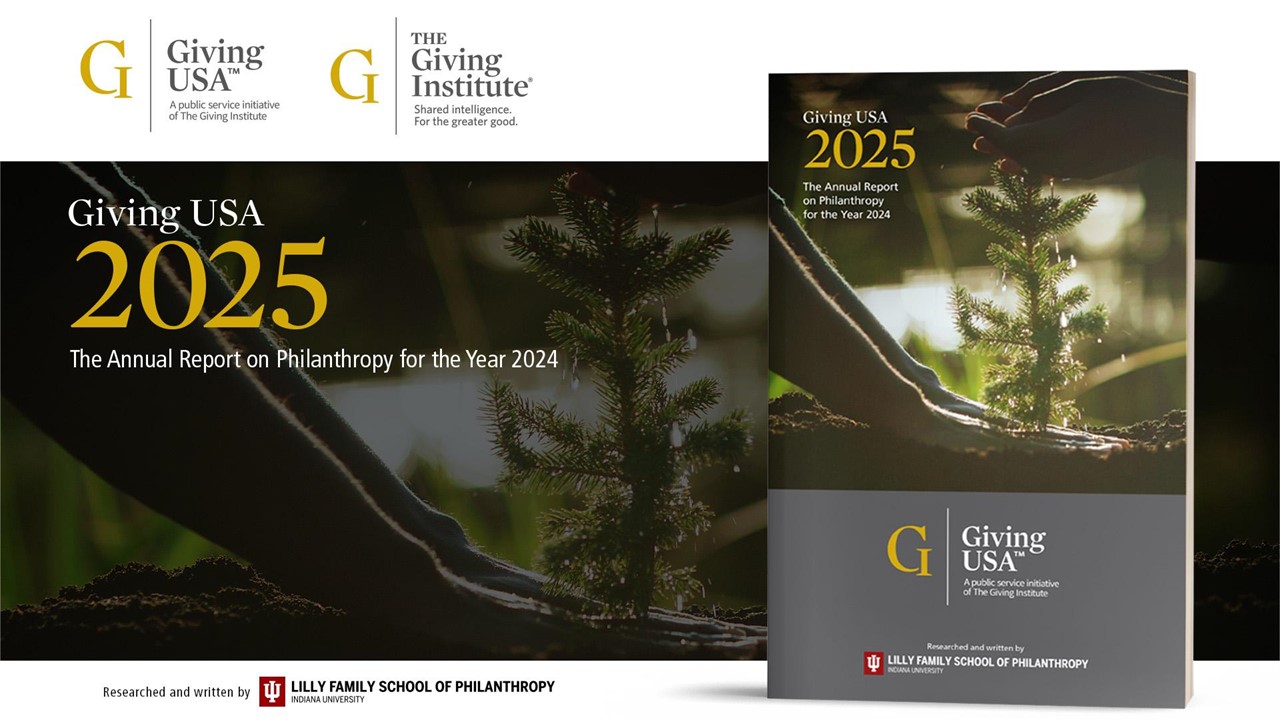The COVID-19 global pandemic has impacted all aspects of society, resulting in lifestyle changes, unexpected unemployment, competitive housing markets, and more. While many of the impacts are challenging, the heightened importance on digital connectivity resulting from the pandemic is helping combat these repercussions. This renewed digital focus is moving our lives online in innovative ways, paving the way for more digital fundraising opportunities to help each other through these unprecedented times.
In this now heavily digital atmosphere flooded with causes and social media campaigns, crowdfunding has emerged as an established and popular giving vehicle. The Women’s Philanthropy Institute, a segment of the Indiana University Lilly Family School of Philanthropy, conducted a study examining the differences in gender giving and crowdfunding. The published report, “Gender and Crowdfunding,” details the research and key findings gained from the study.
Key Findings from the Report
- Overall, while women and men contribute to crowdfunding at similar rates, nearly 1 in 3 women (31.1%) give to a crowdfunding campaign in a typical year. 40.8 percent have given to a crowdfunding campaign at some point in the past.
- Women crowdfunding donors tend to be younger, have higher levels of education, and are more concentrated in the western U.S., as compared to women who do not give to crowdfunding campaigns.
- Women tend to give to people or causes they are familiar with through crowdfunding:
- Women contribute the most to crowdfunding campaigns for family members or close friends and for charitable organizations; they are less likely to contribute to for-profit crowdfunding ventures.
- Women crowdfunding donors tend to cite traditional philanthropic motivations for making their contributions, such as believing a gift will make a difference or to remedy issues they care about. Women are less influenced by celebrities or social media influencers to give.
- The study also uncovered barriers to women’s crowdfunding donations:
- Women crowdfunding donors share information about causes and projects on social media but are reluctant to directly ask their networks to give.
- While women say that crowdfunding can highlight and help donors connect to projects, they also express concerns about transparency and accountability.
- Overall, the vast majority of women crowdfunding donors (94.6%) plan to maintain or increase their contributions to these campaigns in the near future.
Implications & Impact
While crowdfunding is hardly new, the COVID-19 pandemic has re-emphasized the need for even the most traditional fundraising organizations to move towards cause-based campaigns. Driving this shift is the unshakable truth that people want their philanthropy to make a difference. Moreover, they expect to be able to see the specific impact of their giving.
As detailed in the report, this is particularly true for women donors, though it is unlikely to be different to the experience sought by most donors.
Crowdfunding campaigns offer the opportunity to showcase a problem that donors can help to solve. They allow us to illustrate the tangible impact a donor can make, offering a deeper connection to the cause than a non-descript annual fund.
Ideas for Your Crowdfunding Program
Innovators in the higher education annual giving sector have made remarkable progress in organization-led crowdfunding in recent years. For excellent examples, we suggest reviewing UT Austin’s Hornraiser and UC Santa Cruz’s crowdfunding site.
As noted in the study, many crowdfunding donors are giving to crowdfunding campaigns that will support family members or close friends. Furthermore, while many women are willing to share campaigns on social media, they are less comfortable directly asking their friends to donate. Given that volunteer ambassadors are a critical component of many crowdfunding strategies, teams should consider what they are asking ambassadors to do. While social media coverage is a good thing, direct asks are likely to generate more gifts. Crowdfunding teams must work with ambassadors to provide the tools and training they need to feel comfortable directly requesting support.
Organizations should also consider prioritizing in-depth learning opportunities associated with causes and should focus on building trust through transparency. 53.3 percent of survey respondents were concerned about transparency, while 40.3 percent of survey respondents believed crowdfunding contains a lot of frivolous projects. Clear, concise, and authentic messaging is key to earning the trust of your audience—and project follow-up (i.e., sharing your proof of impact) is a vital step that you simply cannot afford to skip.
The real opportunity may be found in building community around causes. While crowdfunding is all about people coming together as a collective force for good, there is a risk of creating a transactional environment that will have the opposite effect. Using digital tools to support and enhance a genuine community of supporters can be powerful.
At the end of the day, people still give to people. Digital strategies like crowdfunding are simply another way to bring people together to support a shared passion.




